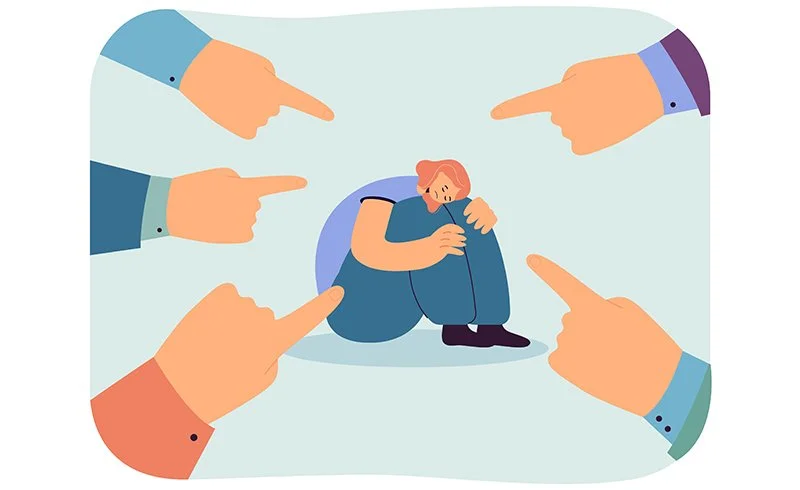Stigma - breaking down barriers
Stigma is defined as ‘a set of negative and often unfair beliefs that a society or group of people have about something’ and can be seen in strong feelings of disapproval or worse. People view others in a negative way based on a stereotype, which can lead to discrimination.
Stigma exists at a number of levels:
Self-stigma or internalised stigma – how you perceive yourself
Public stigma –negative beliefs held by society
Professional stigma –negative beliefs towards patients
Institutional stigma –policies or culture of an organisation
All of these can lead to isolation, rejection, marginalisation and discrimination. Negative attitudes and beliefs toward people who have a mental health condition are all too common and can be extremely damaging.
1 in 5 Australians will experience a mental illness this year. Given what we know in our profession, that’s likely to be much higher. We are not immune. We are not invulnerable. Those affected are our family, friends, colleagues and loved ones.
60% of people with a mental illness will not seek help. That’s the power of stigma. The view that mental illness is a sign of weakness. That it’s not a real disease. So people suffering with a mental illness feel ashamed. They hide their symptoms. They don’t talk about it. And most importantly, they don’t get the help or treatment they need. We know the consequences of delayed treatment in dentistry. The consequences can be more severe with mental illness.
So it’s important that we speak up against these stigmas. We need to have open and honest conversations about mental health so that people will seek help when they need it.
Fortunately we are seeing a change, both in the broader community but also in the dental profession, as people become more accustomed to talking about their mental health and the challenges that they are facing. The more we continue to do that, the better outcomes we will see.

